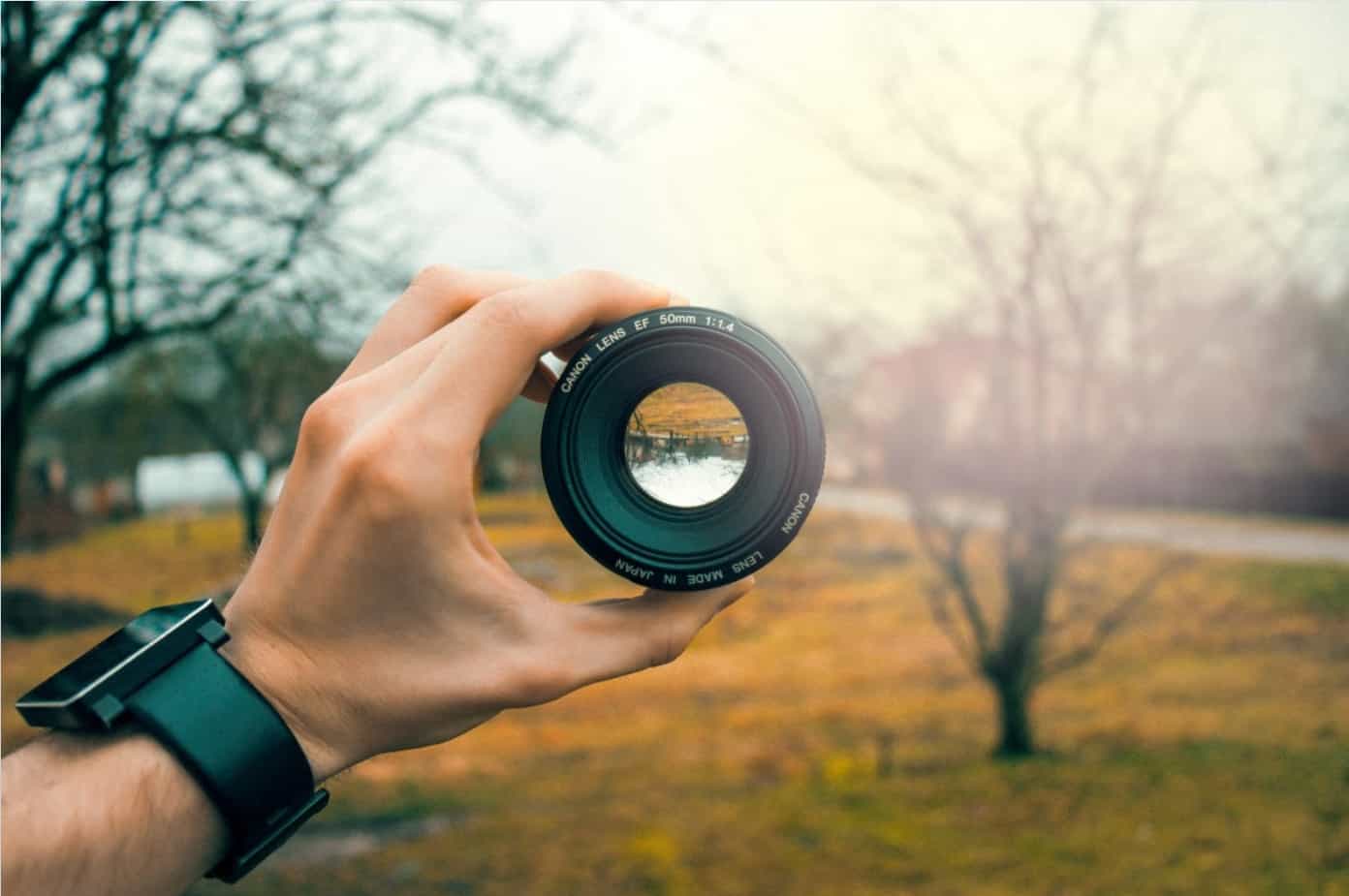

* Put your phone (and anything else) that could compete for your attention out of reach or in a different room This book introduces two important concepts of “Hyperfocus” (focusing on one thing with no distractions) and “Scatterfocus” (deliberately letting your mind roam free)įocus matters because in todays world the competition for your attention is fierce.įocus allows you to utilize your most valuable currency - your attention - in the ways you see fit, oppose to letting external forces dictate where you spend it. Consume challenging information outside of your expertise to encourage disparate dot connections Reevaluate what you're consuming as you're consuming it

Notice what you consume on autopilot mode Eliminate some trash (not necessarily all) A time to allow your brain to connect the dots of all the stimuli you've taken inĨ) Ideas for changing habits to intentionally consume more valuable information Try this during habitual, enjoyable activities (going for a walk, washing dishes, etc.) We're most vulnerable to distractions at the start of hyperfocus, when we resist it most.ħ) Scatter focus is for synthesizing, brainstorming Set a predetermined amount of time to focus (be realistic, start small) Write to-dos and ideas down on paper asap so you can focus on whatever task you're working onĦ) Hyperfocus is useful for accomplishing specific tasks Reward yourself after accomplishing your goalsĥ) Get things out of your head and onto paper You're being productive, as long as you're accomplishing a goal (whether it's watching season 1 of GOT or filing your taxes) As such, becoming accustomed to less stimulation can reduce that feeling of boredom.Ĥ) Set goals for yourself, both daily and weekly Boredom = transitioning from a state of high stimulation to a lower one. Mind wandering increases when stressed, bored, in a chaotic environment, distracted by personal concerns, questioning if we're working on the most productive or meaningful task, or we have unused attentional space 3) How quickly we notice our thoughts have wandered. There are three measures of attention quality: 1) How much time we spend working with intention. When you catch your mind wandering, take a brain break and do something mindless Alcohol lowers inhibitions, providing a creativity boost Silence is best, but soft music that sounds familiar and is relatively simple is next best thing.

Keeping distractions 20 seconds away (a walk to the next room) can be enough to prevent you from accessing them. Try to work in spaces where you can control the distractions around you. (Remove notifications on your phone, clean up your surroundings, etc.) Eliminate them to the best of your ability. I've started scheduling hyperfocus sessions into my week and prioritized items on my to-do list and feel much more on top of my workload! Here are my main takeaways:ġ) Be aware of potential distractions – your brain is designed to pay attention to novel stimuli. This was an enjoyable read with easy-to-implement strategies for setting yourself up for success on getting things done. Diving deep into the science and theories about how and why we bring our attention to bear on life's big goals and everyday tasks, Chris Bailey takes his unique approach to productivity to the next level in Hyperfocus, while retaining the approachable voice and perspective that made him a fast favourite. Hyperfocus helps readers unlock both, so they can concentrate more deeply, think more clearly, and work and live more deliberately. The most recent neuroscientific research on attention reveals that our brain has two powerful modes that can be unlocked when we use our attention well: a focused mode (hyperfocus), which is the foundation for being highly productive, and a creative mode (scatterfocus), which enables us to connect ideas in novel ways. Throughout his experiments and research, Chris Bailey came across many little-known insights into how we focus (a key element of productivity), including the surprising idea that focus isn't so much a state of heightened awareness (as we'd assume), but a balance between two frames of mind.
HYPERFOCUS PHOTOGRAPHY HOW TO
Canada's productivity expert returns with a totally fresh angle on how to do more with less.


 0 kommentar(er)
0 kommentar(er)
